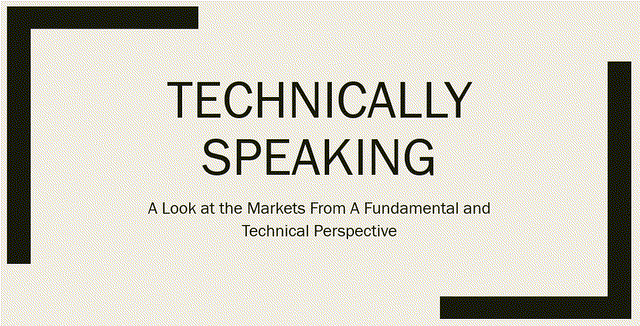The Fed released the meeting minutes from the July meeting. The Fed lowered its growth projection:
The projected rate of recovery in real GDP, and the pace of declines in the unemployment rate, over the second half of this year were expected to be somewhat less robust than in the previous forecast. Although the staff assumed that additional fiscal stimulus measures would be enacted beyond those anticipated in the June forecast, the positive effect on the economic outlook was outweighed somewhat by the staff's assessment of the likely effects of several other factors. Those factors included the increasing spread of the coronavirus in the United States since mid-June; the reactions of many states and localities in slowing or scaling back the reopening of their economies, especially for businesses, such as restaurants and bars, providing services that entail personal interactions; and some high-frequency indicators that pointed to a deceleration in economic activity. Substantial fiscal policy measures - both enacted and anticipated - along with appreciable support from monetary policy and the Federal Reserve's liquidity and lending facilities were expected to continue bolstering the economic recovery, although a complete recovery was not expected by year-end.
Notice that the lowered projections assume some level of additional stimulus. If that doesn't happen, growth will obviously be lower.
The housing market is in very good shape. Building permits have almost retaken their pre-pandemic highs (emphasis added):
Privately-owned housing units authorized by building permits in July were at a seasonally adjusted annual rate of 1,495,000. This is 18.8 percent (±1.1 percent) above the revised June rate of 1,258,000 and is 9.4 percent (±1.5 percent) above the July 2019 rate of 1,366,000. Single-family authorizations in July were at a rate of 983,000; this is 17.0 percent (±1.2 percent) above the revised June figure of 840,000. Authorizations of
